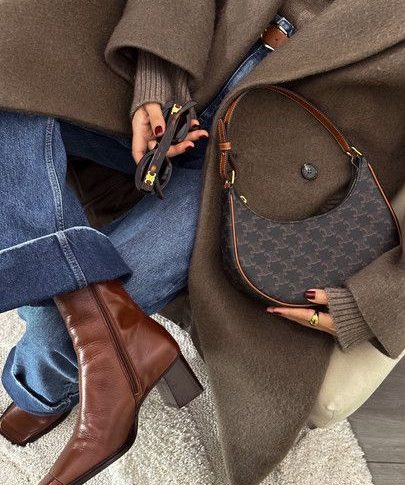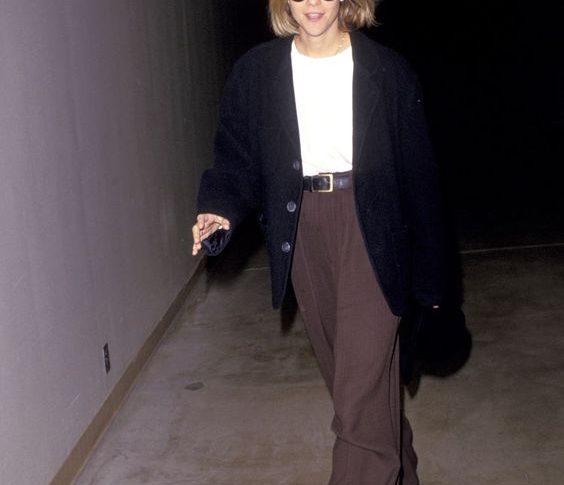A pollute micro fiber bomb “swimwear”

There is no way, you can only see but alleyton swimwear swimmers are made from discarded plastic bottles and recycled fabric nets collected from the sea to tell.
“There’s so much garbage in the fashion world that it’s very important to play your role,” Pirra Griffiths’s home swimwear designer and founder.
At the age of Sydneysider revealed her from Italy econyl Allerton swimwear fabrics.
“It’s a very expensive fabric, so I need to try the importance of educing the market,” Griffith said.
She launched a letter of 201550000 dollars in savings, families, friends and “small business loans”. Alleyton swimsuit is stored in the Forever 21, mark of $50000 last year, turnover and Fraser.
Griffiths in Miami swimming week even tried to get pop star Rhianna to wear her Bikinis nightclub
“As a small label, I’m doing my best now,” Griffiths said.
In Australia, the annual market for swimsuits is expected to reach 2 million 100 thousand, and all of these suits will pollute our oceans by 2021.
Natalie Welden, an assistant research assistant for marine pollution, said at University of Portsmouth toxicology and microplastics, most clothing releases tiny plastic fibers, and it rushes to the water every time.
The washing machine wastewater treatment can filter out most of the plastics. The swimmer is “super fine fiber bomb”, when the plastic worn to the beach will directly enter the consumption of water and marine life.
Welden said that the swimmers made from recycled materials do not completely prevent plastic from being released into the water but greatly reduce the rate in the coils made of fiber and plastic.
“Any reduction in the production level of new plastics is helpful,” she said. Recycled products not only reduce the manufacturing level of new materials, but also prevent the existing plastics from being thrown into landfills or other less desirable places, such as our ocean. It also puts the topic at the forefront of people’s thoughts.
Amber Boyers knows that the environmental issues of the swimwear are beginning to blog (consciously reduced) and the Instagram account is concerned with moral fashion.
“Fashion is the second most polluting industry in the world, every business or large or small, if they need to be responsible in this industry,” Boyers said. I think this fast fashion mentality has taken the lead. Especially when you see nylon, it produces more emissions than other fabrics.
The 23 year old entrepreneur in Brisbane has been asking her readers and followers about swimsuits, so she resolutely decided to start her own swimsuit line, Baiia, from econyl.
Baiia is online sales and in the local market.
“We also use the most environmentally friendly selective dye that I can find. It’s water-based ink printed on paper, and it is heat transferred to fabric, so we do not wash dye into the waterway,” Boyers said. All swimsuits are reversible, and you’ll get more use of each swimsuit.
The South China Sea is trying to cut down on the classic Baiia design.
“All my spirit,” she said, “is that if something is eternal, it won’t be out of date, so you don’t have to buy so many things.”
Large swimwear manufacturers are lagging behind small businesses in the use of environmental options.
Speedo is an exception that produces some of its swimmers from econyl.
“It’s hard for small companies to put pressure on big companies so they can act consciously and consciously,” Griffiths said. Everyone has a responsibility to invest in textiles that are less harmful to the environment. “





-
-
1 year
Tagged Chunky Loafers, Lace-up boots, Mules